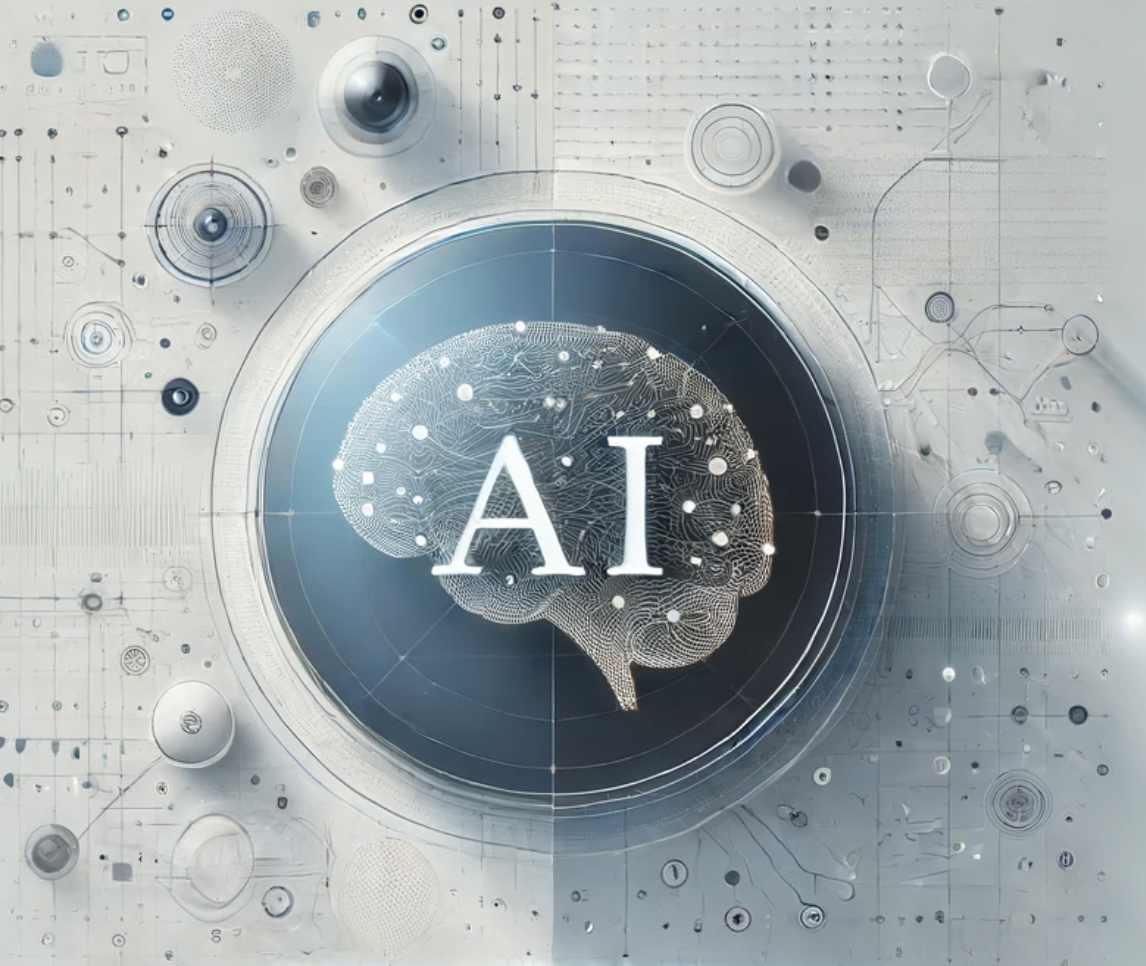AI in Manufacturing: An In-Depth Exploration

Introduction
Overview of AI's Impact on the Manufacturing Industry
Artificial Intelligence (AI) is transforming the manufacturing industry by enhancing production processes, optimizing supply chains, and improving quality control. AI technologies enable manufacturers to analyze vast amounts of data, predict equipment failures, and automate complex tasks, driving efficiency and innovation in manufacturing operations.
Historical Context and Evolution
The adoption of AI in manufacturing began in the late 20th century with the development of computer-aided design (CAD) and computer-aided manufacturing (CAM) systems. Over the years, advancements in machine learning, robotics, and data analytics have accelerated the integration of AI across various manufacturing functions. Today, AI is an essential component of modern manufacturing, driving advancements in automation, quality control, and supply chain management.
Production Optimization
Predictive Maintenance
Predictive maintenance, powered by AI, involves monitoring the condition of manufacturing equipment to predict and prevent potential failures. AI algorithms analyze data from sensors and historical maintenance records to identify patterns and anomalies that indicate impending issues. This proactive approach allows manufacturers to address maintenance needs before they become critical, reducing downtime and maintenance costs while improving equipment reliability.
Quality Control and Defect Detection
AI enhances quality control by automating the inspection process and detecting defects in real-time. Machine learning algorithms analyze visual data from cameras and sensors to identify defects, such as surface imperfections or assembly errors. By ensuring consistent quality, AI-driven quality control systems reduce waste, improve product reliability, and enhance customer satisfaction.
Supply Chain Management
Demand Forecasting
AI helps manufacturers forecast demand by analyzing historical sales data, market trends, and external factors. Accurate demand forecasting enables manufacturers to optimize production schedules, manage inventory levels, and reduce stockouts and overstock situations. This predictive capability ensures that products are available when and where customers need them, improving supply chain efficiency.
Inventory Optimization
Inventory optimization, powered by AI, involves managing inventory levels to minimize costs while ensuring product availability. AI algorithms analyze data from across the supply chain to determine the optimal inventory levels for different products. By balancing inventory costs with service levels, AI-driven inventory optimization helps manufacturers improve profitability and customer satisfaction.
Robotics and Automation
Collaborative Robots (Cobots)
Collaborative robots, or cobots, are designed to work alongside human workers, enhancing productivity and safety in manufacturing environments. These robots use AI to perform tasks such as assembly, packaging, and material handling with high precision and consistency. Cobots can adapt to different tasks and environments, making them a flexible and cost-effective solution for automating various manufacturing processes.
Automated Assembly Lines
AI-driven automated assembly lines use robotics and machine learning to streamline manufacturing processes. These systems can assemble products with high speed and accuracy, reducing production times and minimizing errors. By automating repetitive tasks, AI-powered assembly lines increase productivity, lower labor costs, and improve product quality.
Challenges and Future Directions
Workforce Displacement
The integration of AI and automation in manufacturing raises concerns about workforce displacement. As machines take over repetitive and manual tasks, there is a potential impact on employment in the manufacturing sector. To address this challenge, manufacturers need to invest in workforce retraining and upskilling programs to prepare employees for new roles that require advanced technical skills.
Integration with Existing Systems
Integrating AI technologies with existing manufacturing systems poses technical challenges. Compatibility with legacy systems, the need for standardized data formats, and ensuring seamless communication between AI tools and manufacturing equipment are critical for successful AI implementation. Addressing these integration issues is essential for realizing the full potential of AI-driven manufacturing solutions.
Conclusion
AI is transforming the manufacturing industry by enhancing production processes, optimizing supply chains, and improving quality control. Through predictive maintenance, AI-powered quality control, and advanced robotics, AI is revolutionizing the way products are made. However, addressing workforce displacement and integration challenges is crucial for the successful and sustainable implementation of AI in manufacturing. As technology continues to evolve, AI will play an increasingly vital role in shaping the future of manufacturing, driving innovation and improving efficiency across the industry.
References
- Goodfellow, I., Bengio, Y., & Courville, A. (2016). Deep Learning. MIT Press.
- Ng, A. (2018). Machine Learning Yearning. Self-published.
- Wang, J., & Alexander, C. A. (2015). Big Data Analytics in Smart Manufacturing: A Review. Journal of Manufacturing Systems, 54, 1-12.
- McKinsey & Company. (2017). Artificial Intelligence in Manufacturing: A Look at the Future of the Industry. McKinsey & Company.
- Deloitte. (2019). The Rise of Artificial Intelligence in Manufacturing. Deloitte Insights.